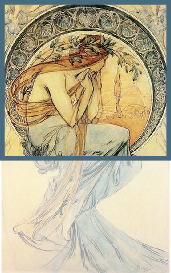
The Opal in History
Prized throughout the world and nicknamed "Queen of Gems" the opal has been valued for thousands of years.
Pliny the Elder greatly admired the gems, as did many Romans, who mistakenly believed the opal came from India, not Hungary, Marc Antony wished to give an opal to his lover Cleopatra, but the opal was owned by Senator Nonius, who refused to sell at any price, Pliny writes how Nonius was proscribed (i.e. sentenced to death with all belongings forfeit to the State) Nonius fled with the opal, leaving the rest of his possessions behind.
* Carbunculus - Carbuncle - red stone mostly referring to garnet.
† Smaragdus - green stone - emerald
Armenian Pigment - most probably cherry red from Hæmatite, a form of iron oxide.
Reflugence - shine brightly (like the stars)
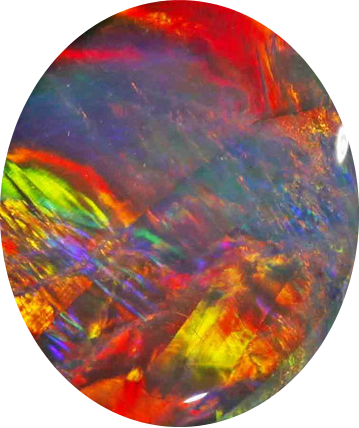 Black Opal
Black Opal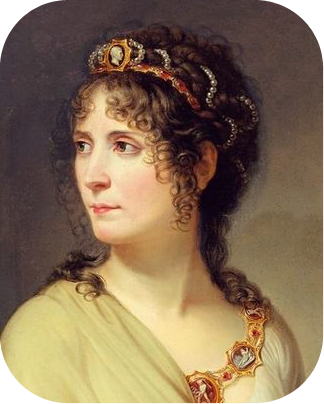 Josephine
JosephineNapoleon Bonaparte gave his first wife, Josephine, a black opal, known as the "Burning of Troy" the stone disappeared after her death, reportedly reappearing briefly in Austria, only to be lost again during, or just after, World War II.
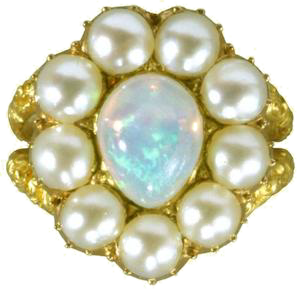 Queen Charlotte's Opal ring, later given to Queen Victoria.
Queen Charlotte's Opal ring, later given to Queen Victoria.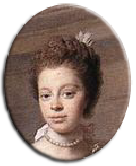 Queen Charlotte
Queen CharlotteVictoria of England had no qualms about wearing opals, not only did she own an opal ring which had belonged to Queen Charlotte, consort of George III, but she gave each of her daughters opals as wedding gifts.
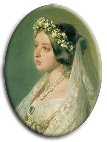
Queen Victoria m. 1840
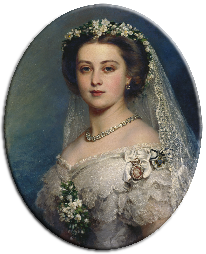

'Vicky' m.1858 -------- Alice m. 1862
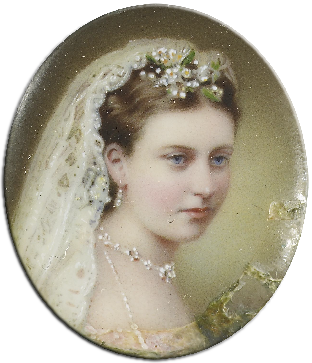
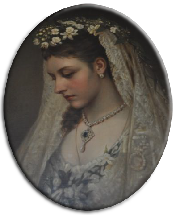
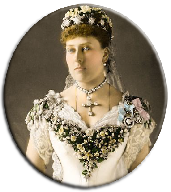
Helena m.1866 ---- Louise m. 1871 ---- Beatrice m. 1881
theopaldownunder.au.com
royalcollection.org.uk
Naturalis Historia, Pliny
Dorling Kindersley Handbook "Gemstones" edited by Cally Hall, ISBN 0-7513-2731-X
Rocks, Crystals and Minerals, edited by Rosie Hankin, ISBN 0-86288-354-7
Complete Guide to Rocks and Minerals, edited by John Farndon, ISBN 1-84477-671-9
The History of Beads, published by Thames and Hudson, by Lois SherrDubin, ISBN 0-500-28659-0
Beads of the World, Peter Francis Jr., ISBN 0-87740-559-2
Collectible Beads, Robert K Liu, ISBN 0-9641023-0-7
For other information: Google Search


